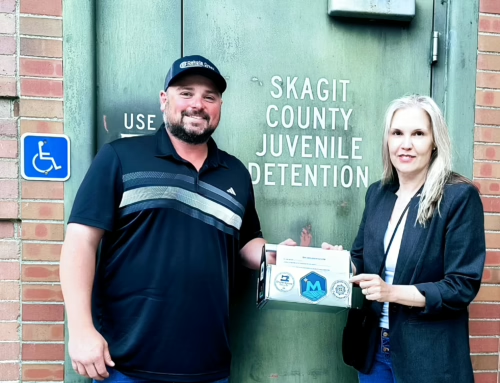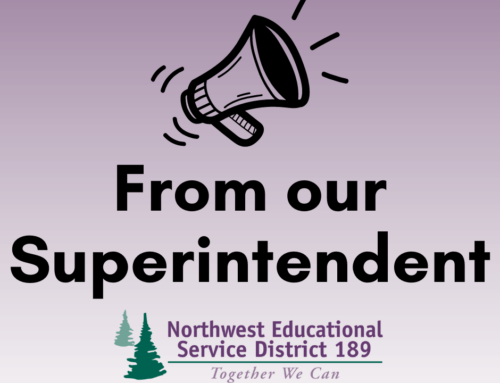
On any given school day, it is common to hear a student say, “Hey, wait up!” and “Nice game last night.” In the social studies classroom, however, that same student might state, “Clearly, our Founding Fathers established three branches of government to limit the powers of any one branch and avoid tyranny.” While the former use of language is a casual and appropriate peer interaction, the latter demonstrates how that same student is capable of switching gears and demonstrating content understanding through the use of more sophisticated or “academic” language.
Many people hear academic language and immediately think of vocabulary, but it encompasses much more than that. Academic language is defined as “the language used in schools to acquire new or deeper understanding of the content and communicate that understanding to others.” (Gottleib and Ernst-Slavit, 2014). While this does include specialized vocabulary, it also includes the sentence structures and discourse types (i.e. story problems, arguments, literary analyses, or lab reports) of the different content areas.
Becoming proficient in academic language does not automatically happen. Students need systematic and explicit instruction in the language of the various content areas in order to analyze literary texts and think, speak, and write like scientists, mathematicians, and historians. One of the most effective ways to support our students in building their academic language is to tap into the power of peer conversations to teach and practice the language of each content area. Learning is a social endeavor, and when teachers provide students with time to talk about their learning with classmates, they are better able to demonstrate higher-level academic thinking and writing.
Here are some strategies for teachers to support academic conversations in their classrooms:
- Increase conversation in the classroom by encouraging students to talk about what they are reading, learning, and wondering. Listening carefully to how students explain their thinking provides teachers with a window into their students’ academic language needs.
- Create shared conversation norms with students so they understand the value of discussion in the learning process. Norms regarding respectfully listening, disagreeing, and contributing to academic conversations support the idea that student thinking and sharing of ideas is a valued and important part of being a learner.
- Respect that our students come to school with diverse and rich language experiences in their homes and will need different scaffolds and supports. Valuing the diversity of language and culture our students bring to the classroom is key to creating an environment that encourages students to challenge themselves to learn new ways of speaking and writing, while honoring the strengths they bring to the conversation.
- Providing students with sentence frames to discuss their ideas is a valuable strategy that encourages and supports academic conversations. For example, teaching students to take multiple perspectives is a key skill in literature and social studies. Providing students with frames such as “I think the author was thinking…because…” or “Another perspective is…” or “Other people might feel that…” help students more confidently express their ideas while increasing their content knowledge.ThisTeaching Channel video shows how sentence frames are used to support 5th grade students in speaking and writing about informational social studies texts.
Valuable Resources to learn more about academic language:
“Mathematically Speaking” This article is a must-read for teachers looking for ways to increase their students’ understanding of the “language of math.”
“Academic Language of the English Language Arts” This is Chapter 1 from the book, The SIOP Model for Teaching English-Language Arts to English Learners by Vogt, Echevarria and Short (2009).
“The Academic Language of Science” This is Chapter 1 from the book, The SIOP Model for Teaching Science to English Learners by Short, Vogt, and Echevarria (2010).
“Thinking Like a Historian” This article from the Library of Congress webpage clearly defines the specific ways in which students need to read, think, and speak in social studies.
Academic Language Toolkit This page on OSPI’s website includes informational webinars, videos, and readings to deepen your understanding of academic language. Gisela Ernst-Slavit, PhD, professor at Washington State University, Vancouver and co-author of the book, "Academic Language in Diverse Classrooms", contributed to this resource.
The NWESD is excited to announce that Dr. Slavit will visit us on August 15 to present the full-day workshop, "Academic Language & Diverse Learners.” She will present concrete strategies to implement with diverse students to build academic language across the content areas, and participants will receive a copy of her book.
Workshop flyer:Academic Language & Diverse Learners




